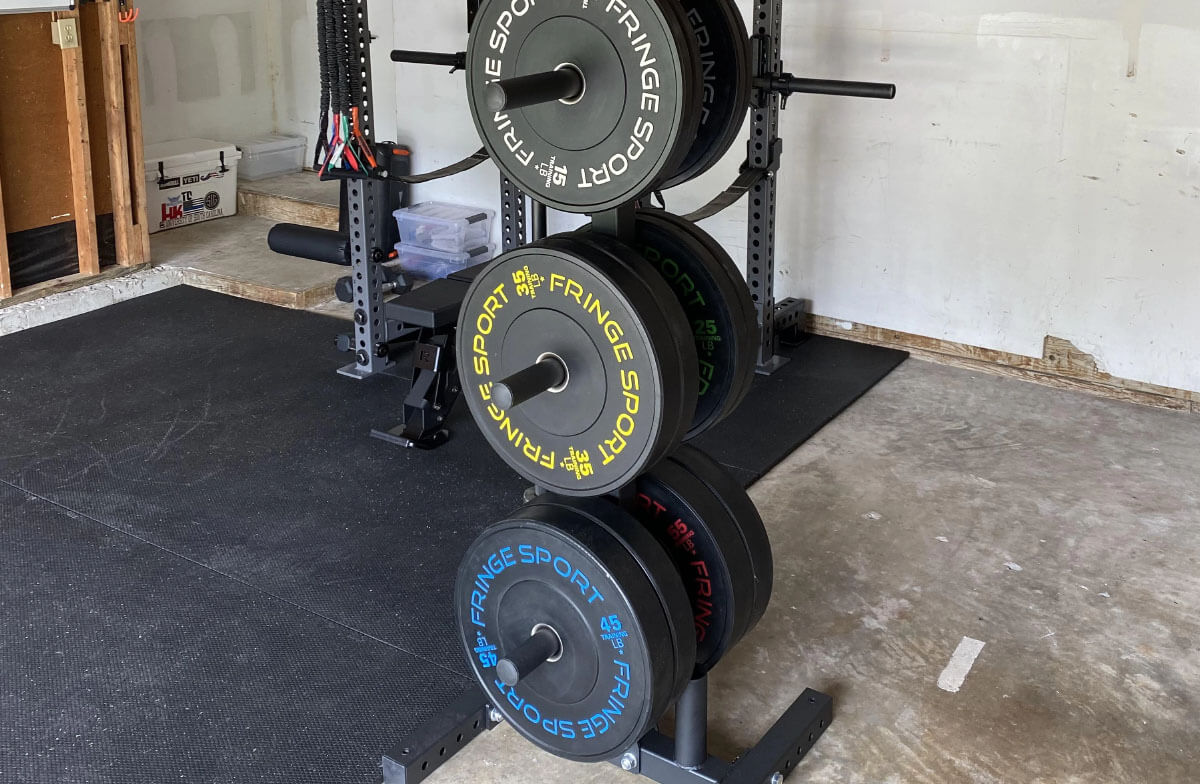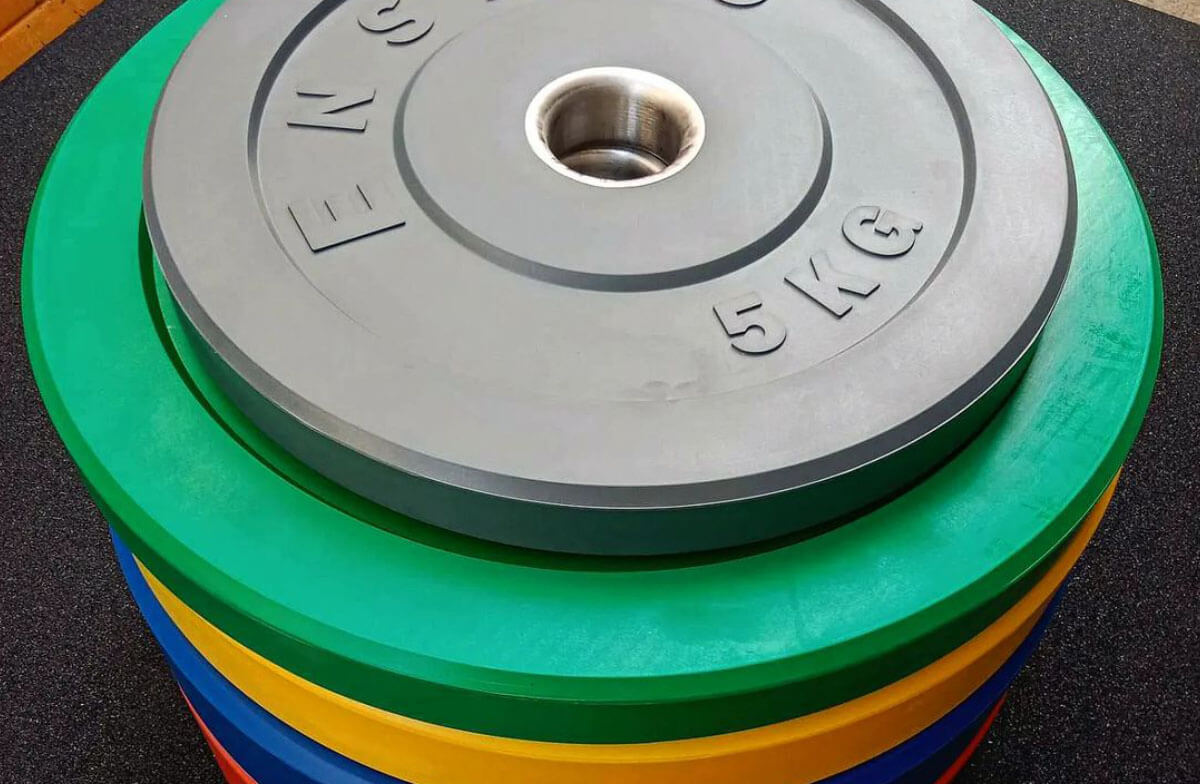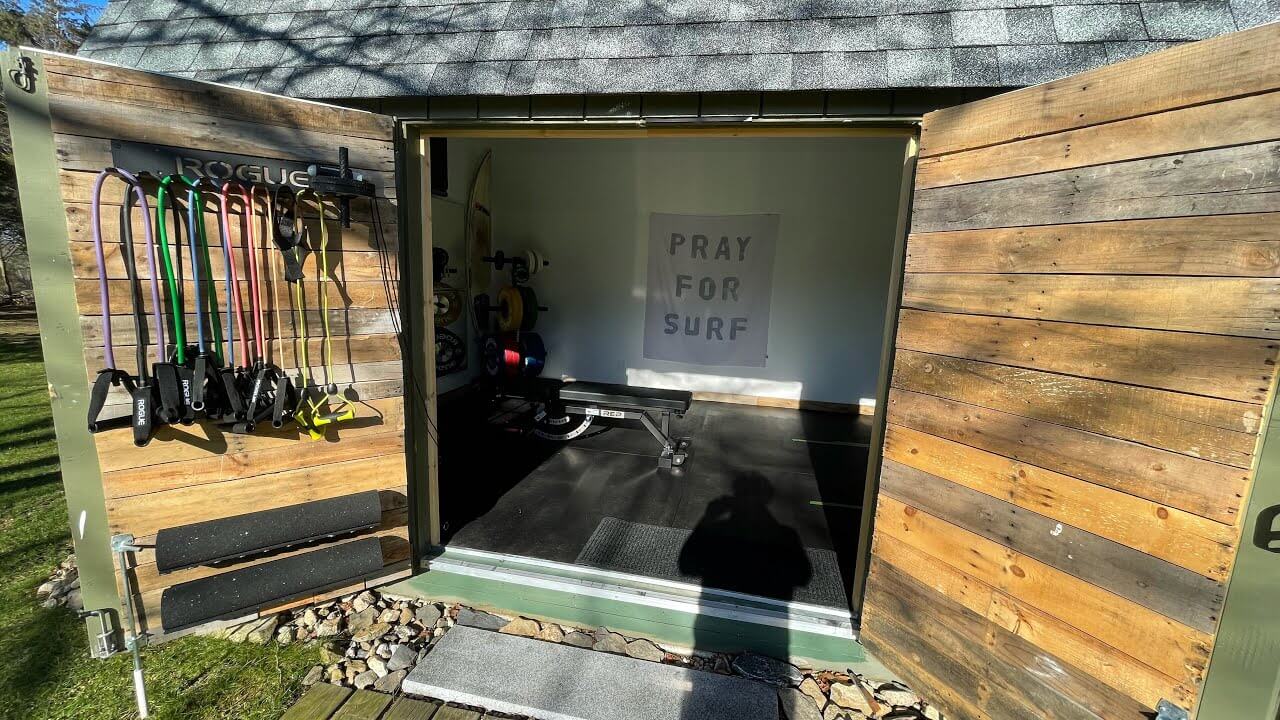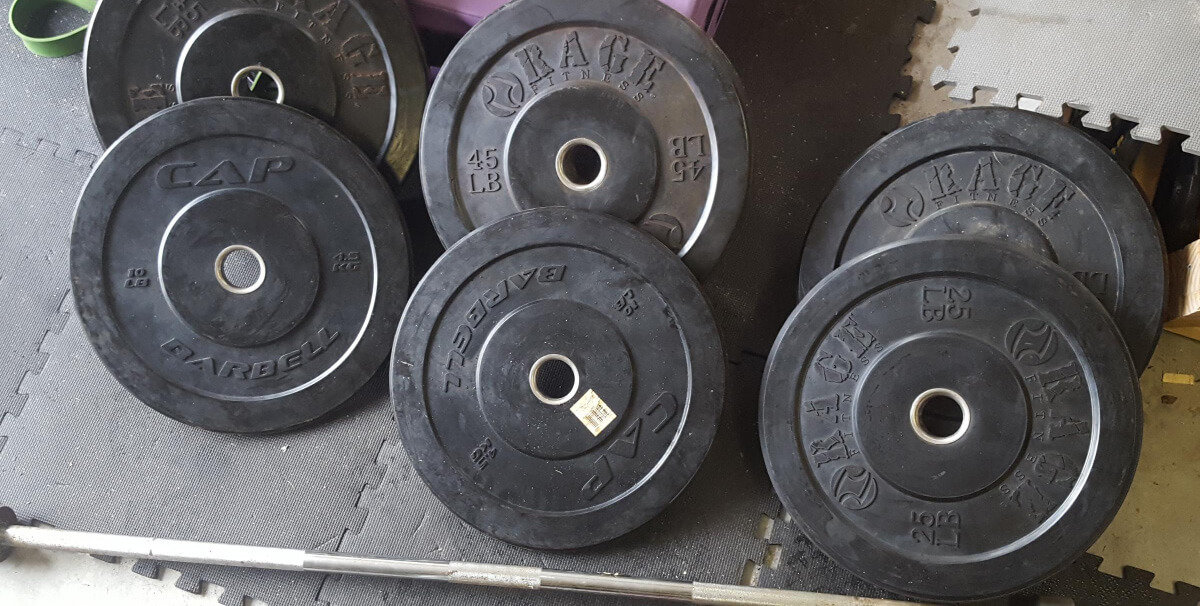If you’re a weightlifter, then you know the importance of bumper plates. They help to protect your flooring and equipment, and they make lifting weights a whole lot easier. But did you know that bumper plates also need to be properly maintained in order to stay in good condition?
When it comes to maintaining bumper plates, it is important to keep them clean, store them properly and inspect them regularly. The bumper plates are generally made with thick rubber, but they have a steel ring in the center that can rust. In order to ensure long-term durability, you should use different cleaning methods.
In this blog post, I will discuss how to properly maintain your bumper plates to stay in good condition for as long as possible.
How to Maintain Bumper Plates
Maintaining your bumper plates’ quality is essential to prolong their lifespan and ensure a safer workout environment.
No matter how beneficial bumper plates are for your home gym, they won’t last nearly as long as they should without regular upkeep.
It is common for bumper plates to have a 10-year warranty since they are designed to withstand a great deal of abuse. I have seen bumper plates that are 15 years old and still going strong with regular and proper maintenance.
Keeping them clean isn’t the only part of proper maintenance. It is also about storing them properly and inspecting them regularly for any signs of wear and tear.
The Best Way to Store Bumper Plates

In order to maintain bumper plates, they must be stored properly because they are not indestructible. Here are the best ways you can store your bumper plates:
Plate Tree
The best way to store your bumper plates is on a plate tree. A plate tree keeps the plates off the ground and organized. This will prevent them from getting damaged and keeps your workout area arranged.
The only disadvantage of this method is that plate trees are another added expense to your home gym. But if you can afford it, I highly recommend getting one.
Wall-Mounted Plate Storage
If you can’t afford a plate tree, the next best thing is to store your bumper plates on wall-mounted plate storage. This will also keep the plates off the ground and organized.
Most of these systems come with adjustable mounting brackets, making them a great option for those with limited space at home.
You will get to save some money by not buying a plate tree, but the downside is that you will have to drill holes in your wall to mount the brackets.
Vertical Holder
Another space-saving option is to store your bumper plates on a vertical holder. This is similar to wall-mounted storage, but the plates are stored vertically instead of horizontally.
You will hang the plates on the holder with the heaviest plates at the bottom. You can use this option if you have limited space and don’t want to drill holes in your wall.
However, this method can be difficult if the plates are stored too high up in the holder.
Squat Rack Pegs
Squat rack pegs are another great option for storing bumper plates. This is also a space-saving method since you can store the plates on the pegs of your squat rack.
This method is also great if you want easy access to the plates. You can grab them off the pegs when you need them.
The squat rack pegs work well if you have a small collection of bumper plates. But if you have a lot of plates, this method can be difficult to use since you can only store a few plates on each peg.
Bike Rack
A bike rack is a DIY storage option that is great for storing bumper plates. This is a space-saving method since you can store the plates on the rack.
You can buy bike racks at most hardware stores or on amazon. The racks are usually made of steel or aluminum, so they are durable and can hold a lot of weight.
How to Clean Bumper Plates

Cleaning your bumper plates is important to prevent rusting and keep them looking like new. Before you can start cleaning, you need to gather the necessary supplies.
Supplied Needed
Here is a list of supplies you will need to clean your bumper plates:
- Bucket
- Warm water
- Mild soap
- Soft cloth or sponge
- Dry towel
Instructions for Cleaning a Bumper Plate
Now that you have all the necessary supplies, you can start cleaning your bumper plates. Follow these steps:
- Fill a bucket with warm water and mild soap.
- Submerge a soft cloth or sponge into the soapy water.
- Wipe down the bumper plate with a cloth or sponge. Make sure to get into all the nooks and crannies.
- Rinse the bumper plate with clean water.
- Dry the bumper plate with a dry towel.
- Repeat steps two through six for each bumper plate.
Additional Tips for Cleaning Bumper Plates
Here are some additional tips to help you clean your bumper plates:
- If your bumper plates are particularly dirty, you can soak them in soapy water for a few minutes before scrubbing them.
- If you have a power washer, you can use it to clean your bumper plates. Just make sure to use a low-pressure setting, so you don’t damage the plates.
- After cleaning your bumper plates, store them in a dry and well-ventilated area.
How to Clean Rubber Blooms from Bumper Plates
Bumper plates are made of rubber, so they will eventually develop rubber blooms. These small pieces of rubber come off the plate’s surface.
Rubber blooms can be unsightly, but they don’t affect the performance of the bumper plate. However, you may want to clean them off for aesthetic reasons.
Supplies Needed
To clean rubber blooms off bumper plates, you will need the following supplies:
- A small amount of mineral or olive oil
- Two microfibre cloths
- You can also armor all protective spray
Instructions for Cleaning Rubber Blooms
Here is a step-by-step guide to cleaning rubber blooms off bumper plates:
- Place a small amount of mineral or olive oil on one of the microfibre cloths.
- Rub the cloth over the areas of the bumper plate with rubber blooms.
- Use the second microfibre cloth to buff the bumper plate. You can also use armour all protective spray to clean rubber blooms off bumper plates. Just follow the instructions on the label.
What About Outside Storage?

You can also store your bumper plates outside. However, it would be best if you took some precautions to prevent the plates from rusting. Below are the necessary precautions discussed in detail.
Invest in a Quality Storage Solution
Look for a storage solution that is made of durable materials. It should also be weatherproof to protect the plates from the elements.
You can find weatherproof storage solutions at most hardware stores or online.
Cover the Storage Solution
Cover the storage solution if you are storing the bumper plates outside. This will prevent rusting and further protect the plates. You can use a tarp, canvas, or any other heavy-duty fabric.
Check the Storage Solution Regularly
Even with a quality storage solution and cover, you must regularly check on the bumper plates. This is especially true if you live in an area with high humidity or extreme temperatures.
Inspect the plates for any signs of rusting or damage. If you see any issues, address them immediately to prevent further damage.
Keep Them Away from Direct Sunlight
It is also important to keep bumper plates away from direct sunlight. The sun can cause the rubber to deteriorate and fade over time.
Cover the bumper plates with a tarp or canvas if you must store them in direct sunlight. This will help protect the plates from the sun’s harmful rays.
Should Your Bumper Plates Be Left Outside?
Bumper plates should not be left outside for extended periods. The elements can cause the rubber to deteriorate and the plates to rust. Storing the bumper plates inside is best if you live in an area with extreme temperatures or high humidity.
Otherwise, take the necessary precautions to protect the plates from the elements. This includes investing in a quality storage solution and covering the plates when not used.
For a short time, storing bumper plates outside may not be an issue. However, extended exposure to the elements can damage the plates and shorten their lifespan.
When in doubt, err on the side of caution and store the bumper plates inside. This will help ensure they last for many years to come.
Final Thoughts
A good set of bumper plates makes a great investment for any home gym. If properly maintained, they are highly durable and long-lasting.
To keep your bumper plates in top condition, follow the tips in this article. Clean the plates regularly and store them in a dry, well-ventilated area.
You can also check our other articles for more home gym tips and tricks.

